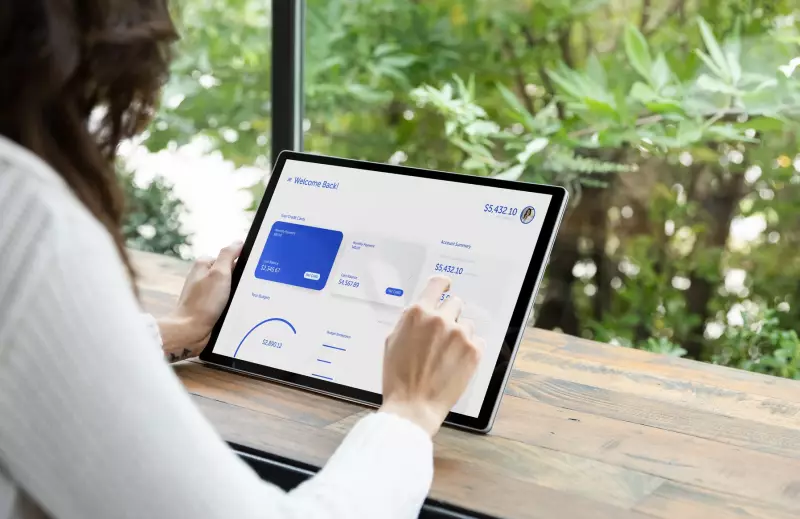How to Choose the Best Credit Card for the First Time
Table of Contents
- By Greg Brown
- Published: Feb 06, 2023
- Last Updated: Nov 23, 2023

Building a great credit file takes time, and making the right choices when starting out. The best way to get started is to choose the right credit card. There are cards for every credit type, including established credit files and persons just coming out of bankruptcy.
There are hundreds of credit cards offering users a host of features and interest rates. It is essential to choose wisely and not apply for features you do not need.
Credit Card Types
- Plain Vanilla Cards are for users who need a no-frills, uncomplicated card.
- Reward cards offer incentives on purchases, with travel cards being the most popular.
- Business credit cards are designed specifically for business use. They make it easy to separate transactions from personal cards.
- Prepaid cards are used instead of cash. Limits do not increase until more money is deposited into the account.
- Subprime credit cards are for those with bad credit. Approvals are usually quick, but the interest rates are sky-high, with a lot of fees attached.
- Balance transfer cards offer users low-interest rates on balance transfers for a limited time.
Features to Look for In A Credit Card
A few fundamental aspects of applying for a credit card should always be considered. First, do not apply for too many cards or constantly switch cards. Applying for several cards tells future lenders you are looking for too much credit, which affects your scoring. Each time you fill out an application, it is reported to the three main credit bureaus, and refusals are also recorded.
Each credit card company has its criteria for granting credit. Before applying for any financial assistance or credit card, it is always in your best interest to check your credit. Plenty of consumer-driven agencies can return your credit file for a fee, of course.
Credit Card Features
Credit cards are always trying to entice new customers with new features. Once a new feature has been added, typically every other card will offer the same incentive with slightly different terms. However, there are fundamental attributes inherent with every card.
Rewards and Perks
Credit cards offer incentives to lure new users into applying. These incentives can take many forms and are usually a way to keep up with other card companies. Rewards can be cash back, travel miles, and discounts on future purchases. Perks vary by credit card, and those with excellent credit are offered the best incentives.
Credit Limit
Every card has some type of spending cap. Most major card companies offer no cap on spending if the user has excellent credit (750+). On the other hand, if the user has terrible credit, card companies will start with a limited cap and high rates and build on that limit as the user pays on time. Spending limits can change monthly based on purchasing habits and repayment.
Balance

Check online to find the balance on your credit card. This total includes the amount you owe, finance charges, and fees. Higher balances result in lower scores because the credit card company sees this as using too much credit.
Grace Period
Finance charges are applied to any amount after a predetermined grace period to pay the balance in full. If a balance is carried forward from the previous months, there may be no grace period. Find the number of days in a grace period on the application or monthly statement.
Annual Percentage Rates, APR
The Annual percentage rate is always the first aspect of a credit card user looks at. APR is the interest charged on any outstanding balances carried past the grace period. There are different APRs based on the credit card you choose, the card company, and your credit report. Cash and balance transfer cards will have higher rates than purchase cards. Credit card companies can charge either a fixed or variable rate. Creditors must inform you in writing if the fixed APR changes. Variable rates change from time to time and are based on changes to the prime interest from the Wall Street Journal.
Interest rates will be higher if you have no credit or a limited credit file. A good trick for establishing credit quickly is to apply for a card and not worry about the rate. Within three months, spend half the credit limit and then physically destroy the card. Make payments on time until the card is paid off. This procedure establishes a good payment history in the shortest period.
The average interest rate for credit card purchases is now up to 22.70%. The Federal Reserve began increasing interest rates last spring, and credit card users are taking the brunt of rising rates. Student, store, and business cards all have rates above twenty percent.
Credit card balances can snowball because of the compounded interest, meaning last month's interest charges are added to the current balance. If you miss a payment, charges can make credit card debt unmanageable. If you fall behind on a payment, it is advisable to seek help from the card issuer before the debt is charged off.
Final Word
Finding the right credit card takes time and common sense. Never bite off more than you can chew because the debt can get out of hand quickly. Borrowers with no credit or a limited credit file undoubtedly pay a higher interest. However, if you make your payments on time, lenders will see you can handle credit correctly.
Penalty interest rates on credit cards can go as high as 33%. Be careful about using a credit card for cash advances; companies can sneak in at a higher rate making the payment difficult. Always read the disclosures when you first apply for a credit card. Pay particular interest on fees and extra charges. Credit card companies charge higher rates and penalties immediately, meaning they go to a higher balance and higher payments.
Credit cards are an excellent way to start a credit file. It’s essential to remember that credit cards can also be harmful to naïve borrowers, who think the low advertised rates mean more spending power.
















